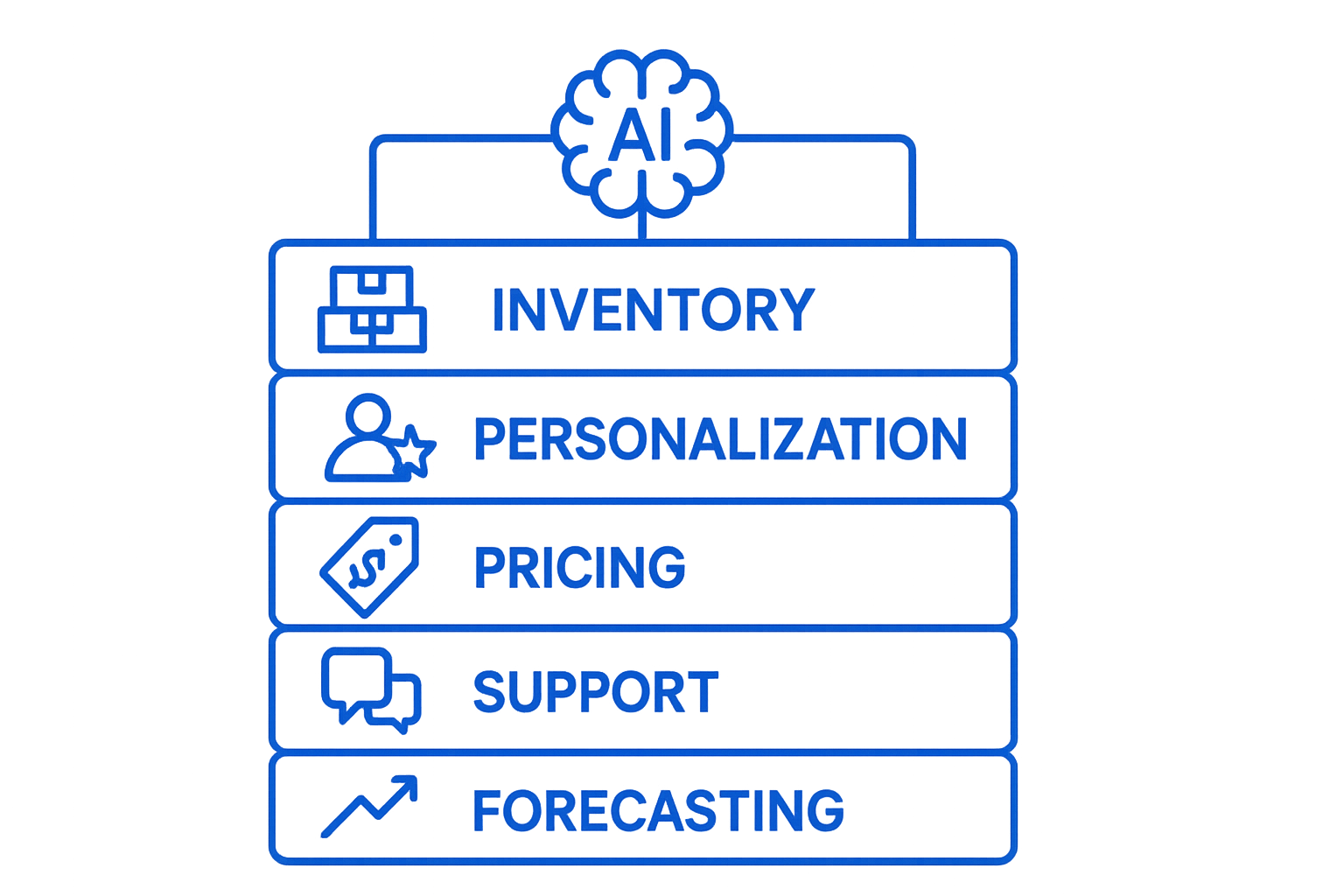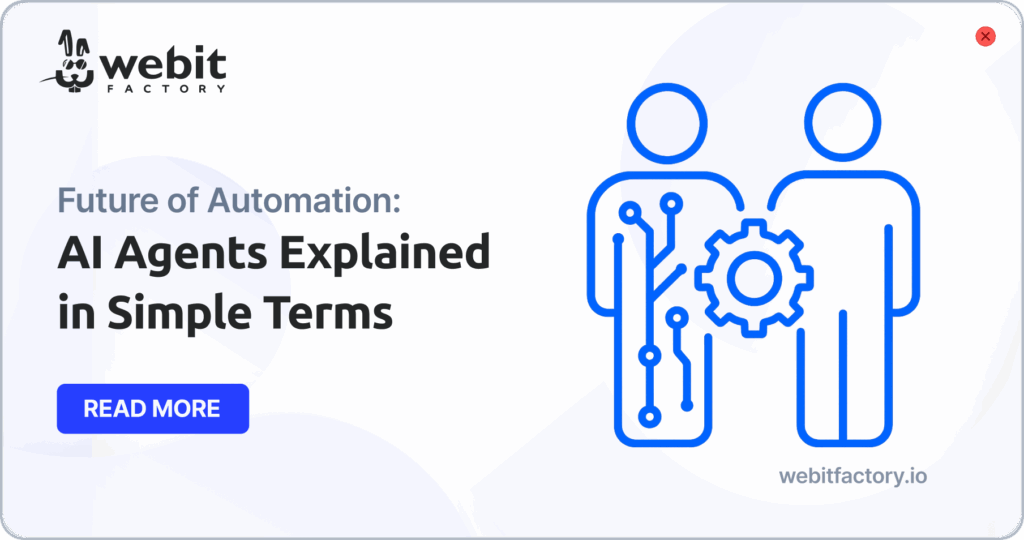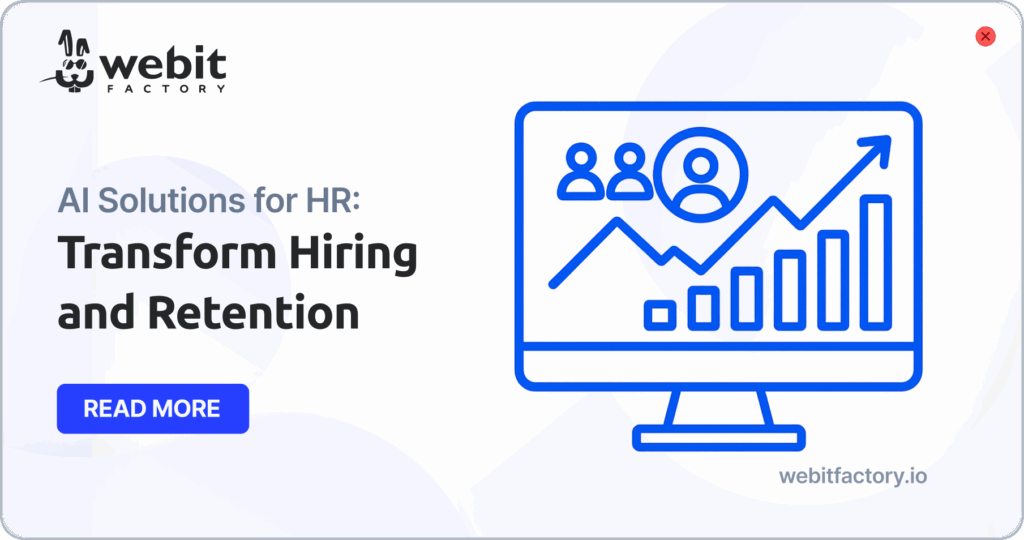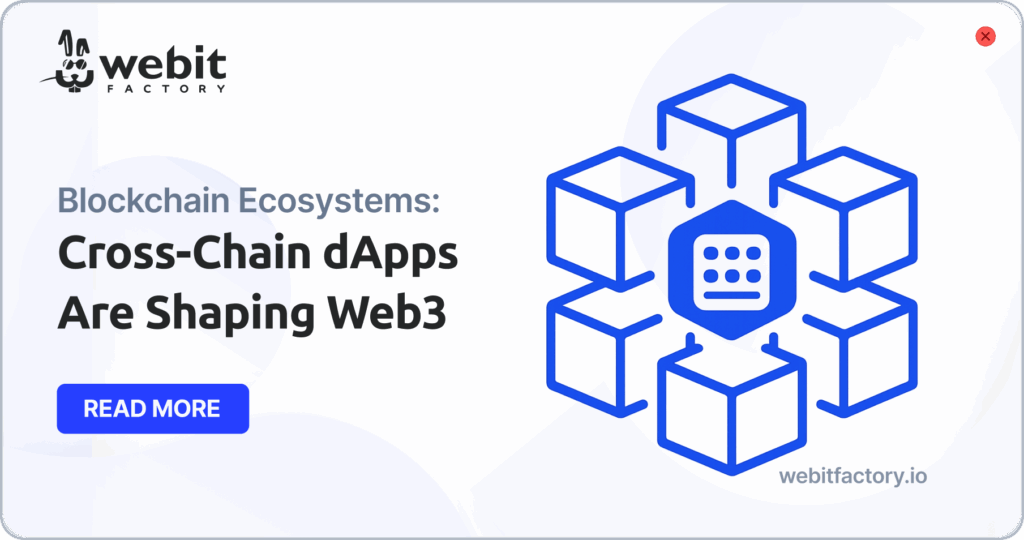Retail AI solutions are no longer futuristic experiments but business-critical tools. With 79% of retail companies now exploring or deploying AI, the shift is real. From stockouts to rising customer expectations, today’s retail challenges demand smarter systems. As the global AI retail market surges toward $55.5 billion by 2030 according to NumberAnalytics, the time to understand AI’s tangible impact is now. Let’s explore how real-world solutions are helping retailers stay competitive.
The Current Retail Reality
Inventory that doesn’t match demand, inconsistent customer experiences, and unreliable forecasts, these are just a few of the daily headaches for modern retailers. Many are working with outdated systems that can’t adapt fast enough. The stakes are higher than ever, and the margin for error is shrinking. These issues slow growth and frustrate both customers and internal teams.

These problems manifest in different ways across retail operations:
- Operational inefficiencies strain logistics and staffing.
- Poor personalization leads to disengaged customers.
- Inaccurate forecasting causes overstock or stockouts.
Retailers that feel stuck in this cycle aren’t alone. These challenges affect companies of all sizes, especially as customer behavior becomes less predictable and expectations rise. Without better tools, even well-managed teams find it hard to scale or innovate consistently.
Where Retail AI Solutions Deliver Immediate Value
Retail businesses run on thousands of small decisions made every day. When these decisions rely solely on historical data or instinct, performance suffers. AI enhances decision-making with context, precision, and speed, unlocking value in places where manual approaches fall short. The following areas highlight where AI is already transforming retail operations.
Retail AI Solutions for Inventory Optimization
Retailers face constant pressure to stock efficiently across channels. AI tackles this by syncing inventory with forecasted demand, promotions, and customer behavior. Stock levels become more precise, reducing both excess and shortages. This leads to fewer missed sales opportunities and less unsold stock sitting idle. According to Invent.ai, a shoe retailer increased sales by $21.4 million by using AI to optimize stock levels across 90+ stores.
AI-Powered Personalization
Personalization without automation leads to one-size-fits-all messaging. AI analyzes how customers browse and buy, then updates experiences in real time. It helps make each visit feel like a curated moment, not a generic pitch. The system learns and adapts, so recommendations stay fresh and aligned with shopper intent. This deeper engagement improves customer loyalty and boosts conversion rates. According to eMarketer, over 70% of digital retailers believe generative AI will transform how they tailor shopping experiences.
Dynamic Pricing with Retail AI Solutions
Static pricing misses market opportunities. AI looks at competitive shifts, consumer behavior, and internal sales performance to optimize pricing daily. Margins and competitiveness improve without constant manual updates. Retailers can respond quickly to demand changes and seasonal trends. As a result, pricing becomes both more strategic and more responsive to market signals. BCG reports profit increases of 5-10% using AI-powered pricing models.
Smart Customer Service
Customer questions don’t always need a human touch. AI can manage routine queries instantly and forward complex ones to staff. It creates faster resolution times and frees up service teams to handle priority cases. As more interactions move online, this kind of support is becoming essential. It also ensures customers receive consistent, high-quality service across all platforms. According to Shopify, AI-driven support systems are increasingly used to unify online and in-store experiences.
Sales Forecasting & Trend Analysis
Guesswork leads to missed trends and poor planning. AI forecasts demand by blending past data with current buying signals and market shifts. Planners get clearer insights without needing to comb through endless spreadsheets. This kind of foresight helps shape everything from promotions to purchasing. It enables retailers to move with confidence, not just react to changes. ResearchGate highlights how predictive AI improves demand planning accuracy.
Signs You Might Need Retail AI Solutions
Lagging behind competitors or constantly reacting to issues? These signals suggest your current systems might be due for an upgrade. The good news is that identifying these gaps is the first step toward modernizing your retail operations. If any of the following scenarios sound familiar, it’s likely time to reconsider your existing tools and workflows:
If you’re still managing inventory manually
If pricing decisions are made once per quarter
If customers receive the same content regardless of behavior
If support teams are overwhelmed with repetitive queries
If forecasting is based only on last year’s numbers
When these signs show up repeatedly, they’re not just small inefficiencies but warnings that your systems aren’t scaling with your business. With AI, retailers can move from reactive problem-solving to proactive optimization, unlocking more time for strategic planning.
Success Indicators to Look For
Smooth coordination, responsive campaigns, and leaner operations are often signs that AI tools are doing what they should. These changes don’t happen overnight, but they are consistent markers of progress when the right systems are in place. Over time, successful implementation becomes evident across departments. Metrics improve, teams spend less time firefighting, and the business becomes more agile.
Tailored retail AI solutions enable:
- Faster, more accurate demand planning
- Personalization at scale
- Reduced inventory costs with higher availability
- Agile pricing with better profitability
You don’t have to transform everything at once. Start by identifying what’s broken or slow. Whether it’s pricing, customer service, or stock levels, AI should address your specific challenges. Look for solutions that align with your existing operations and future goals. A phased approach will help teams adjust and build confidence along the way. The key is to begin with intent and clarity.
Curious what retail AI could do for your business?
Related Articles

AI Agents Explained in Simple Terms
Discover what AI agents are, how they work, and why intelligent agents are reshaping automation across industries.

AI Solutions for HR That Transform Hiring and Retention
AI solutions for HR are transforming hiring and retention with faster recruitment, better cultural fit, and lower turnover rates.

Cross-Chain dApps Are Shaping Web3
Cross-chain dApps are shaping Web3 by streamlining UX, improving contract monitoring, and bridging fragmented blockchain ecosystems.
